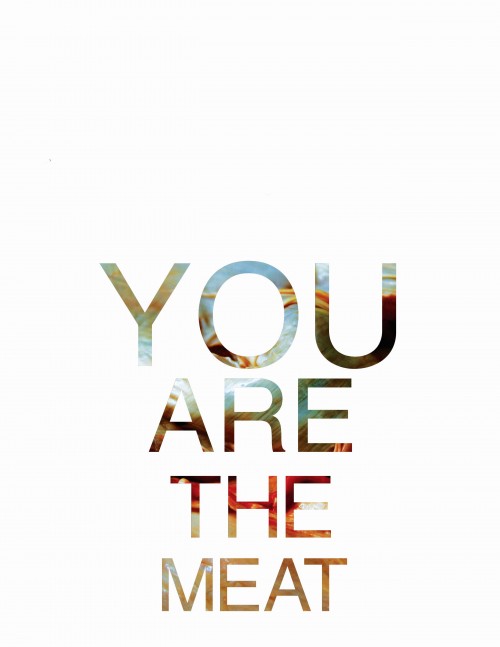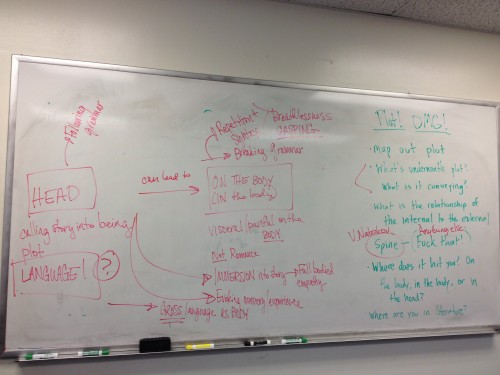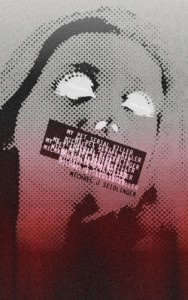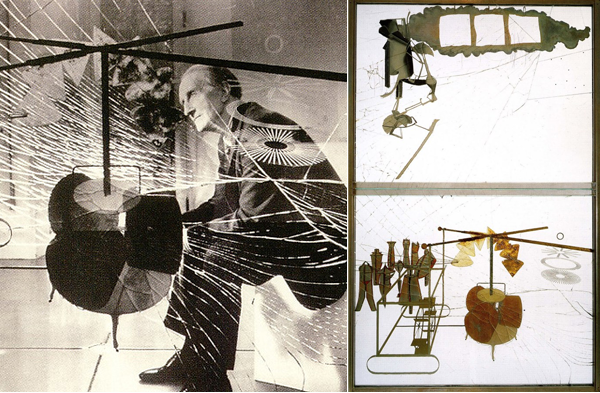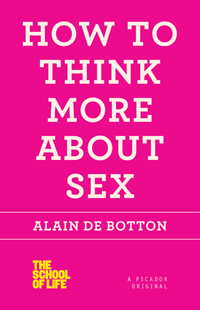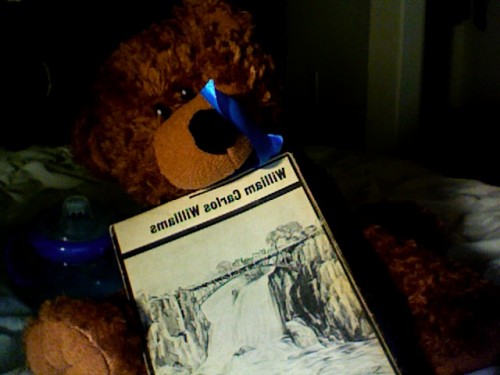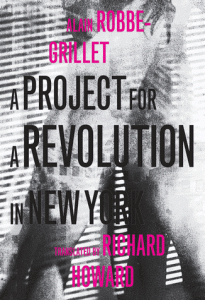 Project for a Revolution in New York
Project for a Revolution in New York
by Alain Robbe-Grillet
Dalkey Archive, September 2012
183 Pages / $14 (buy it on Amazon)
FRONT MATTER
1. I’ve read all of the fictional novels that Robbe-Grillet published in France between 1955 & 1981, albeit in English, some multiple times, others not. This leaves out only 4 novels proper–the first two (Un Regicide & The Erasers) and the last two (Repetition & A Sentimental Novel). Half of those remaining have yet to receive English translations. This was my second reading of Project for a Revolution in New York.
2. This quantifying, of course, does not include everything else that Robbe-Grillet wrote: a short story collection–Snapshots in English, of interest perhaps only as spelled out examples of the theory set forth in For a New Novel; three “romanesques”, being, for want of a better term, “creative non-fictional” memoirs (only the first of which, Ghosts in the Mirror, has been translated into English–which, admittedly, is a bit of a snooze-fest when compared to the purely fictional novels); thee essay collections, with, once again, only the earliest, For a New Novel, available in English (a really valid collection if one is tired of a standardized canonical/literary fiction); a handful of cine-novels–the earliest (Last Year at Marienbad & The Immortal One) once again being the only ones translated into English; and perhaps the most interesting part of Robbe-Grillet’s oeuvre, the ‘collaborative’ works that ultimately feed, intertextually, into my favorite of his novels, collaborative works with artists (Magritte, Rauschenberg, Johns) & photographers (Irina Ionesco, David Hamilton). And one must not forget his films, a necessary contingency of his body of work.
3. Due to my engagement–perhaps even, one could say, obsession– with Robbe-Grillet’s work, I’ve found it easier to split his published novels into a number of categories, guided by this website, which was one of the earliest strongholds of info on Robbe-Gillet on the internet when I began my obsession in 2004.
READ MORE >


